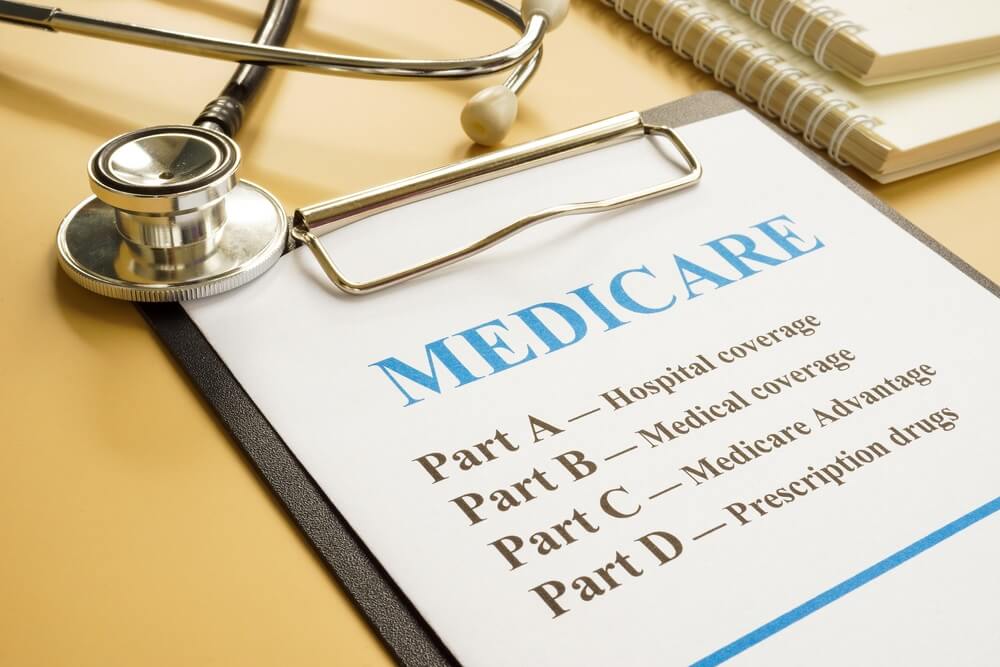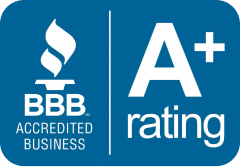
Medicare’s Options: Parts A, B, C, and D: Medicare insurance is sophisticated and may be confusing to sort through. To make it easier, the program has been broken down into four basic parts that include coverage for everything from hospital care to doctor visits to prescription drugs.
Part A — Hospital insurance coverage
When you apply for Medicare insurance, you will automatically be enrolled in Part A insurance. It covers hospital stays, hospice care, and some skilled nursing care that you may need after being hospitalized for a stroke, a broken hip, or other episodes that require rehabilitation in a nursing home or other facility so you can get back on your feet.
Most people don’t have to pay a premium for Part A insurance. You’ve already paid into the system in the form of the Medicare insurance tax deductions on your paycheck.
However, Part A isn’t totally free.
Medicare charges a hefty deductible each time you are admitted to the hospital. It changes every year, but for 2022 the deductible is $1,556. You can purchase a supplemental or Medigap insurance policy to cover that deductible and some out-of-pocket costs for the other parts of Medicare.
Medicare pays for virtually all hospital services for the first 60 days you’re in the hospital. There are some exceptions — it won’t pay for a private room, for instance.
If you are a U.S. citizen or permanent resident and have not worked long enough to qualify for Medicare insurance, you may be able to purchase into the program by paying a Part A insurance premium.
Find Medicare Plans in 3 Easy Steps
We can help find the right Medicare plans for you today
Part B insurance— Doctor and outpatient services
This part of Medicare insurance covers doctor visits, lab tests, diagnostic screenings, medical equipment, ambulance transportation and other outpatient services.
Unlike Part A, Part B insurance involves more costs, and you may want to defer signing up for it if you are still working and have insurance through your job or are covered by your spouse’s health insurance plan. But if you don’t have other insurance and don’t sign up for Part B insurance when you first enroll in Medicare insurance, you’ll likely have to pay a higher monthly premium for as long as you’re in the program.
The federal government sets the Part B monthly premium, which is $170.10 for 2022. It may be higher if your income is more than $91,000.
You’ll also be subject to an annual deductible, set at $233 for 2022. And you’ll have to pay 20 percent of the bills for doctor visits and other outpatient services. If you are collecting Social Security, the monthly premium will be deducted from your monthly benefit.
Part C — Medicare Advantage insurance
Medicare Advantage insurance is the private health insurance alternative to the federally run original Medicare. Think of Advantage as a kind of one-stop-shopping choice that combines various parts of Medicare into one insurance plan.
If you decide on a Medicare Advantage insurance — or MA — plan, you’ll still have to enroll in parts A and B insurance and pay the Part B premium. Then, in addition, you will have to choose a Medicare Advantage insurance plan and sign up with a private insurer.
The federal government requires these insurance plans to cover everything that Original Medicare covers and some plans pay for services that Original Medicare insurance does not, including dental and vision care. In addition, in recent years the Centers for Medicare and Medicaid Services, which sets the rules for Medicare, has allowed Medicare Advantage insurance plans to cover such extras as wheelchair ramps and shower grips for your home, meal delivery, and transportation to and from doctors’ offices.
Most Medicare Advantage insurance plans also fold in prescription drug insurance coverage. Not all of these insurance plans cover the same extra benefits, so make sure to read the plan descriptions carefully.
Medicare Advantage insurance plans generally are either health maintenance organizations (HMOs) or preferred provider organizations (PPOs).
In HMOs, you typically choose a primary care doctor who will then direct your care and usually will have to give you a referral to see a specialist. PPOs have networks of doctors that you can see and facilities you can use, often without the need for a referral. If you go to a provider who is not in the plan’s network, you likely will pay more.
Find Medicare Plans in 3 Easy Steps
We can help find the right Medicare plans for you today
Part D — Prescription drugs insurance
This is the part of Medicare insurance that pays for some of your prescription drugs. You buy a Part D insurance plan through a private insurer.
Each generally has premiums and other out-of-pocket costs, either flat copays for each medication or a percentage of the prescription costs. It also may have an annual deductible.
If your total drug costs — the amount you and your Part D insurance plan have paid — reach $4,430 in 2022, you will be responsible for 25 percent of the price of the rest of the prescription drugs you purchase during the year.
If your drug costs continue to mount, you may reach the point of qualifying for catastrophic insurance coverage. For 2022, once you have paid $7,050 for medicines — just what you paid, not including what your Part D plan paid — you’ll be responsible for 5 percent of the cost for each of your drugs.
Be sure to check at medicare.gov whether the plan you’re considering has the medicines you take on its covered list, called a formulary. Those lists change from year to year, so it’s important to recheck your insurance plan every year at open enrollment time.







